When Bank of America Securities analyst Wamsi Mohan raised the firm's price target on Apple to $270 from $260 recently, it signaled more than a routine tweak. It pointed to a shift, a comprehensive AI-powered ecosystem strategy that could reset how we live with technology at home and on the go.
Let's break it down. Mohan pointed to Apple's latest iPhone launch event as a catalyst and to Apple's silicon and AI hardware roadmap that strengthens its ability to deliver AI at the edge. He also alluded to the nuts and bolts that matter for profitability, higher base storage, and the rollout of in-house modem and networking chips, which support better gross margin for Apple. The timing pairs cleanly with Apple's smart home push, setting up edge AI as the base layer for a new wave of intelligent devices.
Apple's smart home revolution takes shape
Here's where it gets interesting. Apple is reportedly gearing up for a major AI push in the smart home, with four new hardware products in the pipeline. Not incremental refreshes. New categories.
According to reports, the centerpiece is an interactive desktop robot (codenamed J595) that could arrive as early as 2027. Picture it in a kitchen or on a bookshelf. It features a motorized arm that moves a 7-inch display in different directions, following people around the room and responding to whoever is speaking. This is not just voice commands. It is Apple's take on contextual AI that reads space and behavior.
Apple is also thinking in tiers. They're working on a smart display (codenamed J490) set to launch in mid-2026, essentially a streamlined version of the robot without the moving arm or conversational Siri. That opens up multiple price points and on-ramps into the ecosystem.
Under the hood sits the platform play. Both devices will run a new operating system called 'Charismatic,' which builds on Apple TV and Apple Watch software. Rather than shoehorning a phone UI onto a countertop screen, the system relies on voice control and widgets instead of traditional apps and uses facial recognition to identify users and personalize content. That fits how people actually interact with ambient devices.
The ecosystem goes beyond screens. Apple is developing a new generation of security cameras (codenamed J450) with facial recognition and infrared sensors. The twist is that these cameras are meant to automate daily routines, like playing music for specific users or turning off lights when someone leaves a room. Less guard dog, more house manager.
Why Apple's "invisible AI" strategy might be brilliant
Why has Apple been quieter about AI than Microsoft or Google? Because the company has leaned into integration over spectacle. Apple focuses on seamless integration within existing devices, with examples including on-device AI in features like Siri, autocorrect, and predictive text; AI-powered photography enhancements in iPhone cameras; and AI Copilot-like features embedded in productivity tools without flashy announcements.
That quieter approach pays off in trust. The strategy protects user experience and privacy. While rivals chase demos, Apple keeps dropping capabilities where they solve real problems.
Investors, of course, want signals. Investors are asking tough questions about whether Apple is keeping pace with AI hardware advancements and enterprise solutions. The worry list is familiar, slower visible AI announcements compared to Microsoft and Google; worries that Apple's semiconductor earnings may not capture the surge in AI chip demand; and fears that competitors' aggressive marketing could overshadow Apple's subtle approach.
The rollout cadence tells a different story. Apple's latest smartphones, the iPhone 16 series, went on sale on Sept. 20 without AI features, though the company billed the new handsets as "built for Apple Intelligence." Hardware first, features next. The first wave of Apple Intelligence applications debuted on Oct. 28, followed by a second wave on Dec. 11, and those AI applications are only for English-language users, with Apple expecting to add AI features in other languages starting in April. Slow, steady, deliberate.
The tech spine ties it together. The rumored core technology behind these devices is an overhauled version of Siri, codenamed Linwood, built on Apple's own generative AI models. At the same time, they're also testing an alternative called Glenwood that integrates third-party technologies, including Anthropic's Claude language model. Proprietary when it matters, open when it helps.
The market opportunity that's driving Wall Street optimism
The numbers backing Bank of America's view are straightforward. The smart home market is booming, projected to reach $250.6 billion by 2029. Multiple levers, one ecosystem.
Apple's edge is already in place. The company's strengths include a huge install base, design excellence, high margins, and a fast-growing services engine approaching $100B per year with over 1 billion paid subscriptions. That makes cross-sell and subscriptions around AI feel less speculative and more like blocking and tackling.
The iPhone cycle could juice results. According to analysts, for every 1% of installed iPhones that upgrade to newer models, Apple could see a 20-cent boost to its earnings per share. The pool is large, 73% owning an iPhone 13 or older. Smart home tie-ins could be the nudge.
PRO TIP: Watch Apple's services revenue as these AI-powered smart home devices roll out. The bigger play is not just hardware, it is ongoing AI services, automation subscriptions, and ecosystem lock-in across Apple's billion-user base.
What this means for Apple's future
Bank of America's $270 target reads as a nod to Apple's methodical plan to reshape multiple categories at once. Despite the doubts, Apple still has massive opportunities in AI, including expanding on-device AI, building a smarter Siri, integrating AI productivity tools across macOS and iOS, and partnering with AI hardware firms.
The next year lays the groundwork. Next fall's iPhone 17 series smartphones are said to come with more capable processors and increased memory to support AI. Those devices line up with the smart home products slated for 2026 and 2027, setting the table for a unified AI experience.
Zooming out, Apple's next revolution may look less like a new iPhone and more like an intelligent life ecosystem, from your body (health wearables) to your home (AI hub, robot) to your glasses (AR). Not a replacement, a web of devices that anticipate needs, automate routines, and add context to daily life.
What makes the approach compelling is the fix for smart home pain points. The robot is not a party trick; it addresses fragmentation and complexity that have stalled mainstream adoption. The AI cameras go beyond security; they make rooms feel attentive to the people in them.
Bottom line, Bank of America's upgraded target reflects confidence that Apple can execute this AI ecosystem vision while keeping its premium feel and polished user experience intact. The collision of AI capabilities, smart home integration, and Apple's ecosystem advantages sets up a multi-year growth runway that stretches past the usual iPhone cycle.
All told, Apple is positioning itself as the central nervous system for intelligent living, connecting AI across the digital and physical parts of life. That is the kind of shift Wall Street is betting on, and it looks like the opening chapter of Apple's next act.




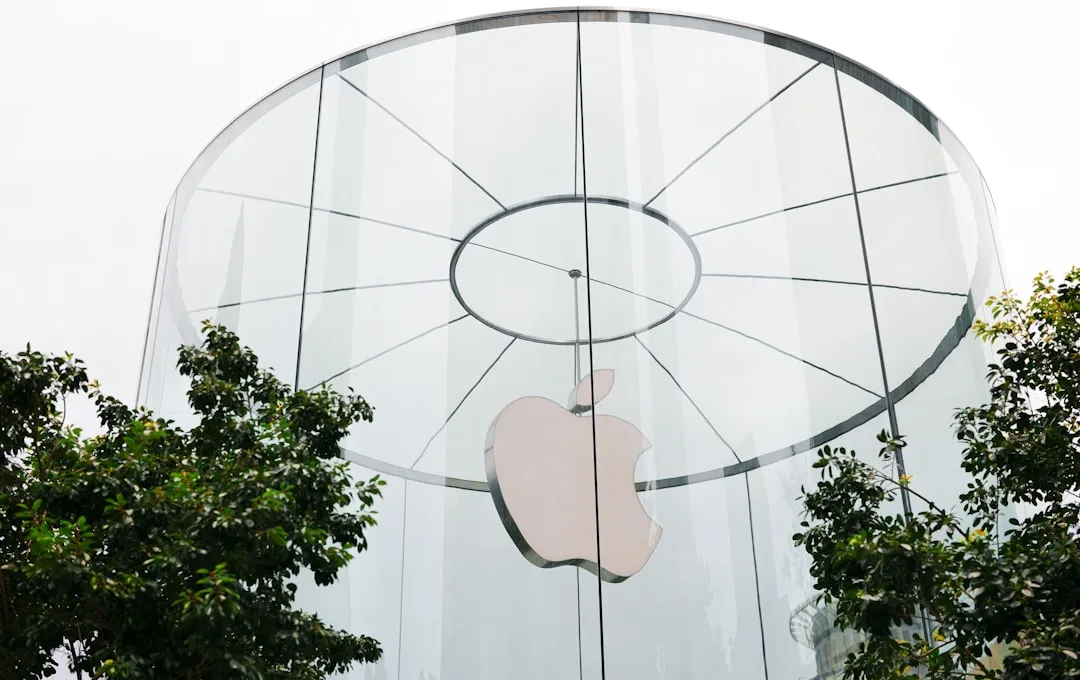

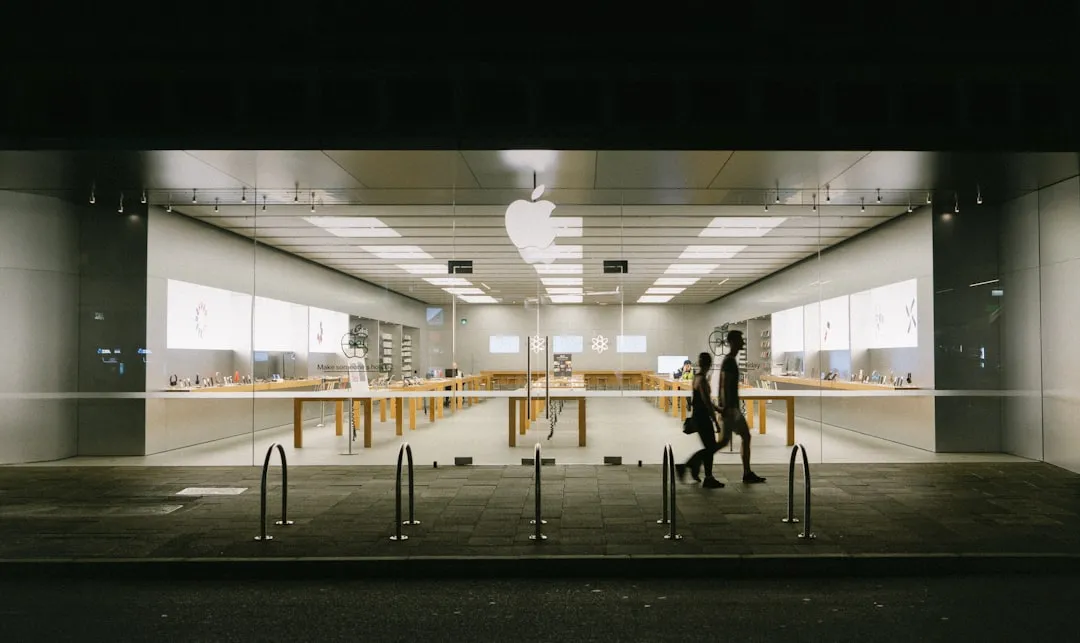
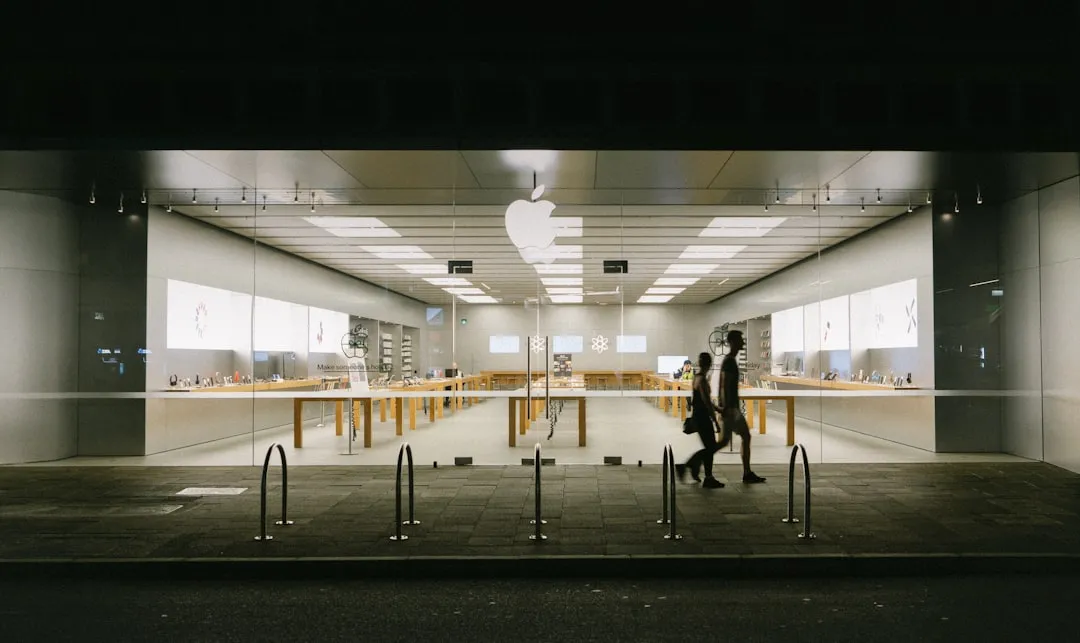

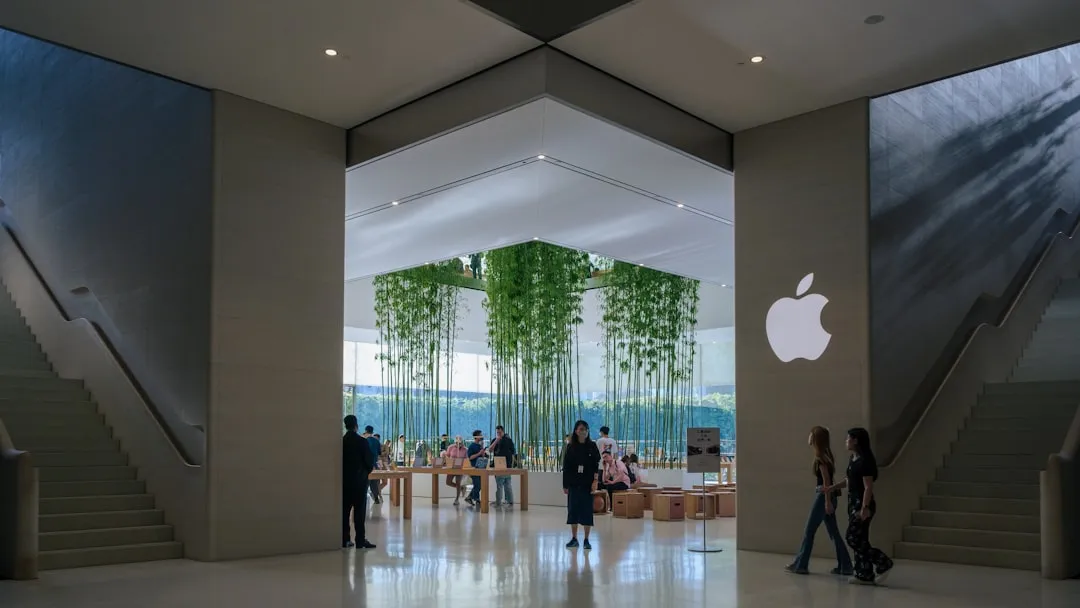
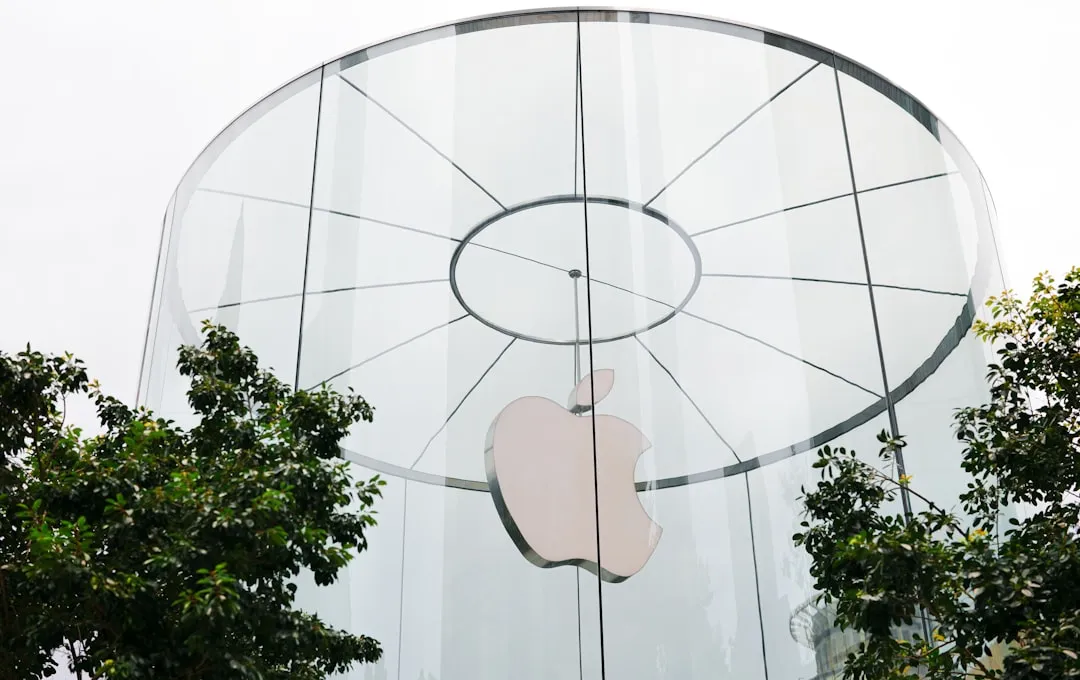
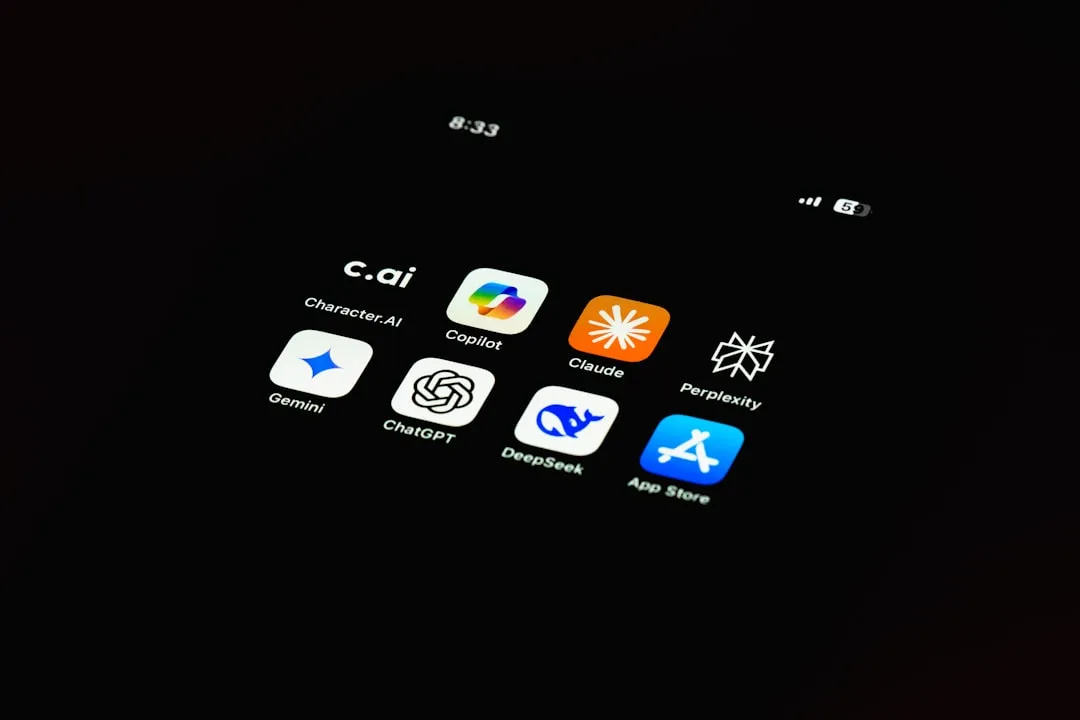
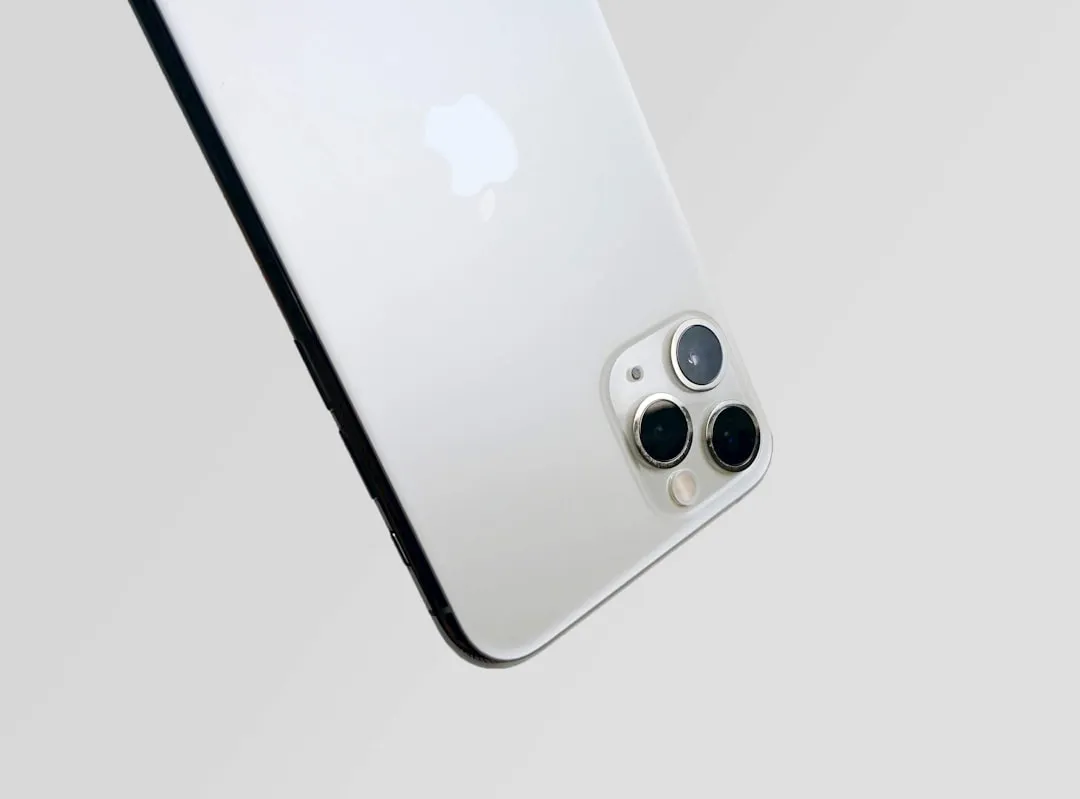
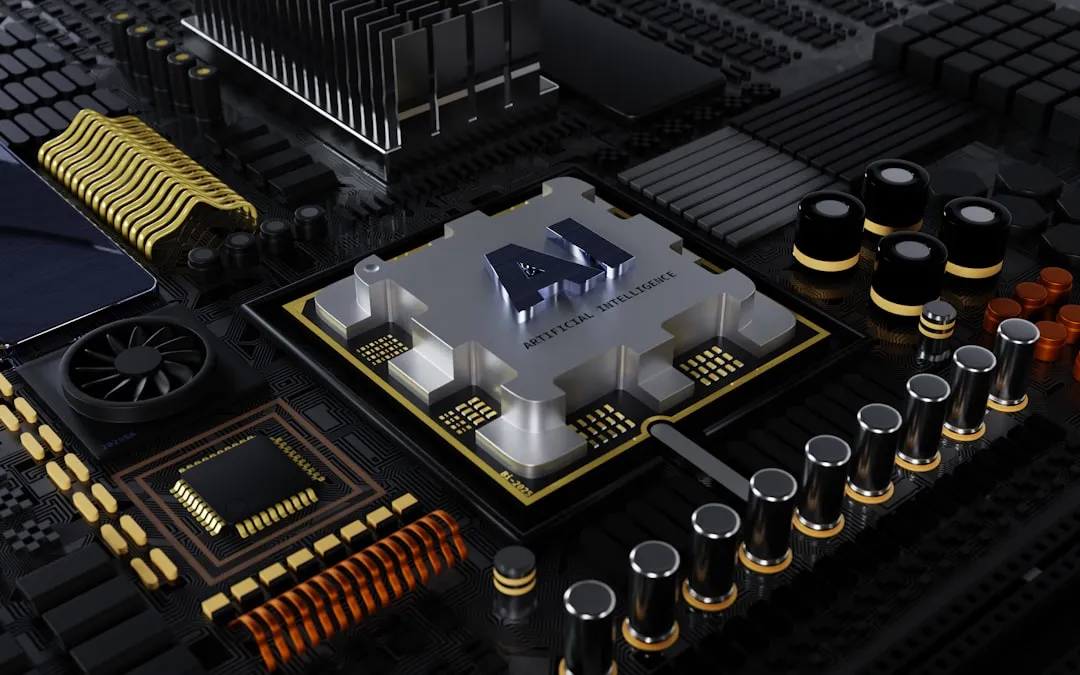
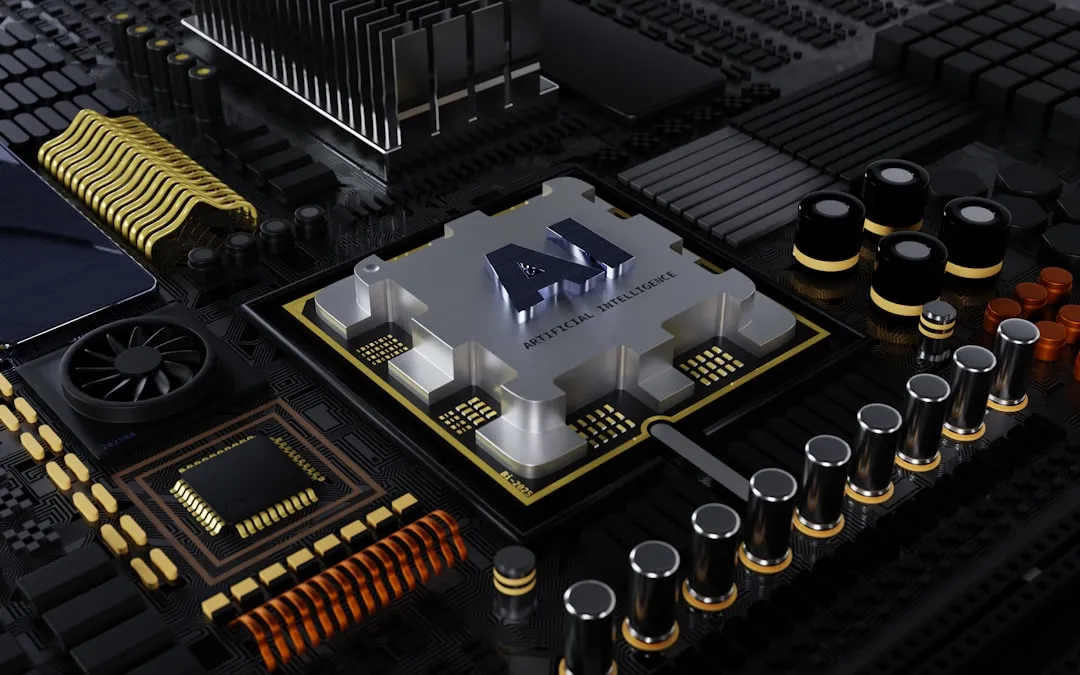
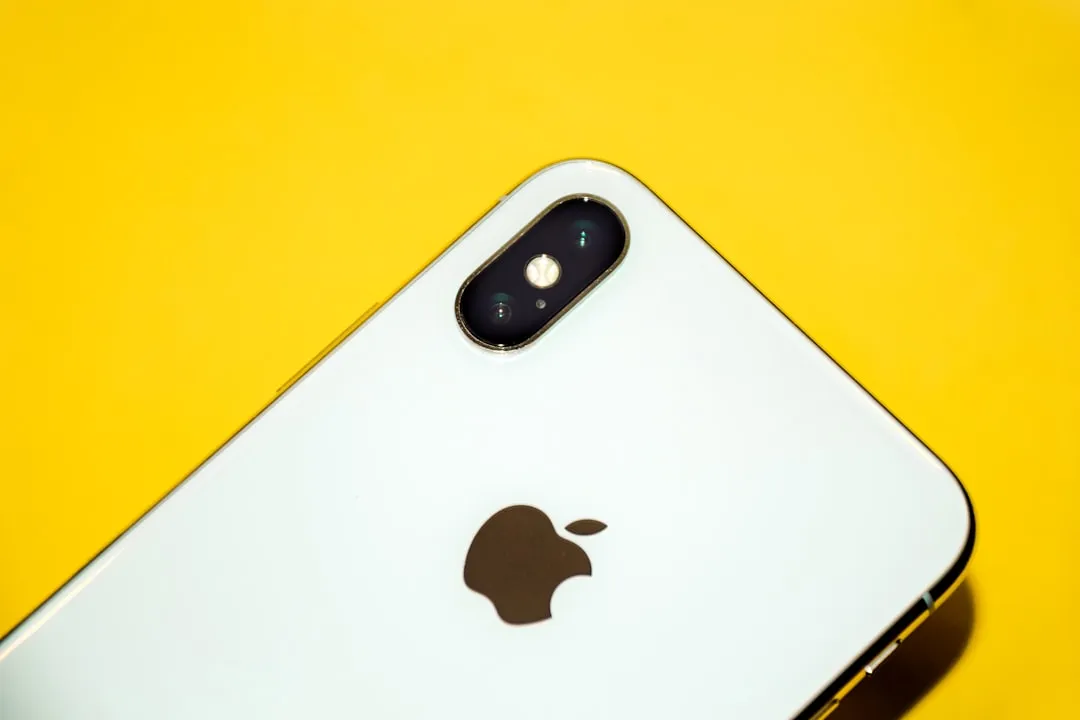

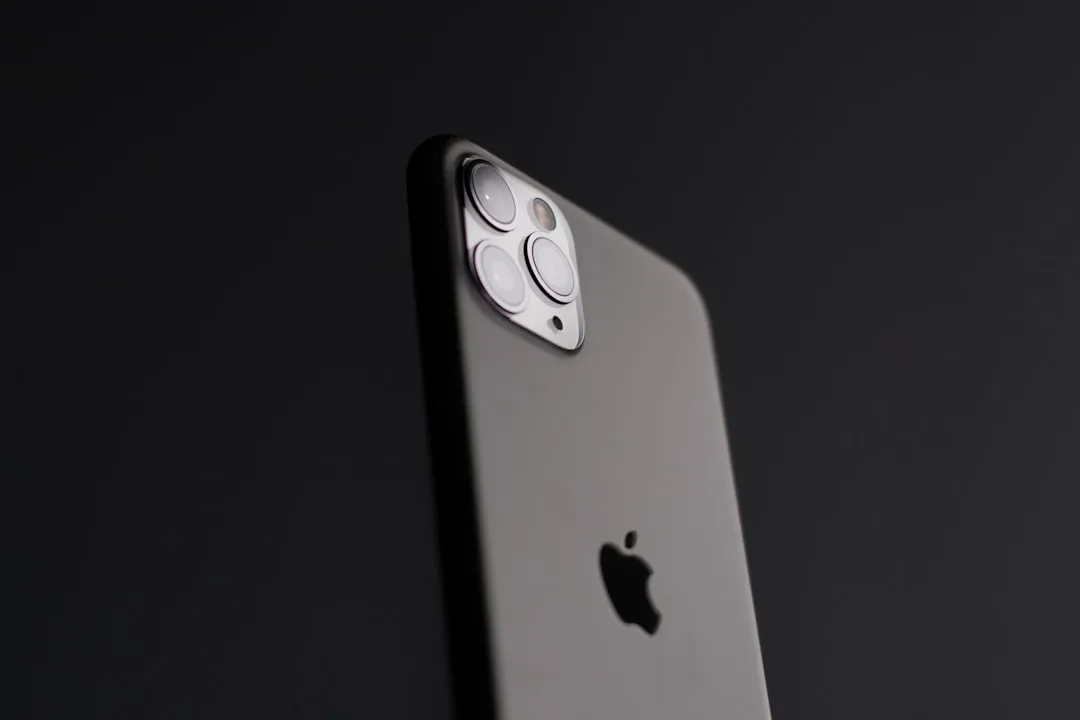


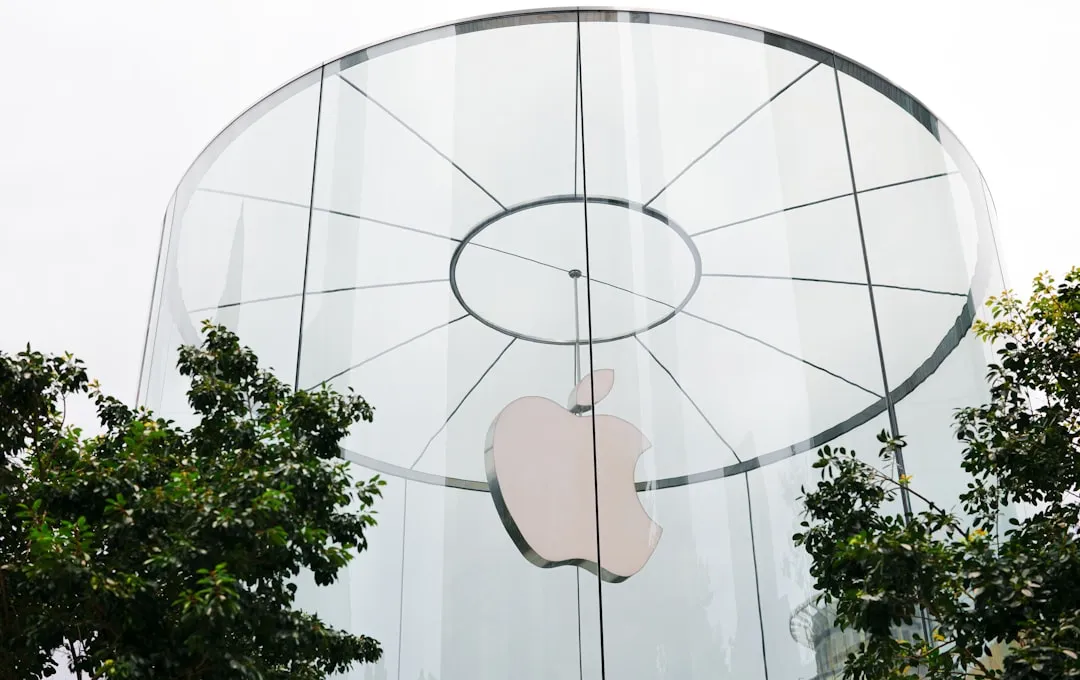
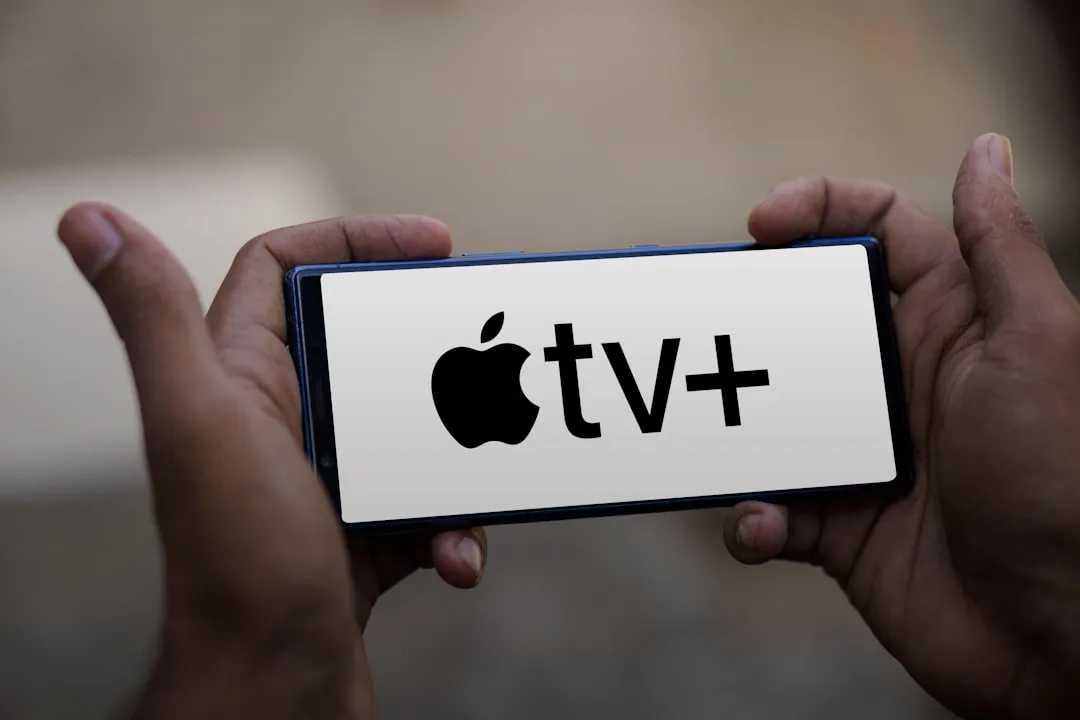
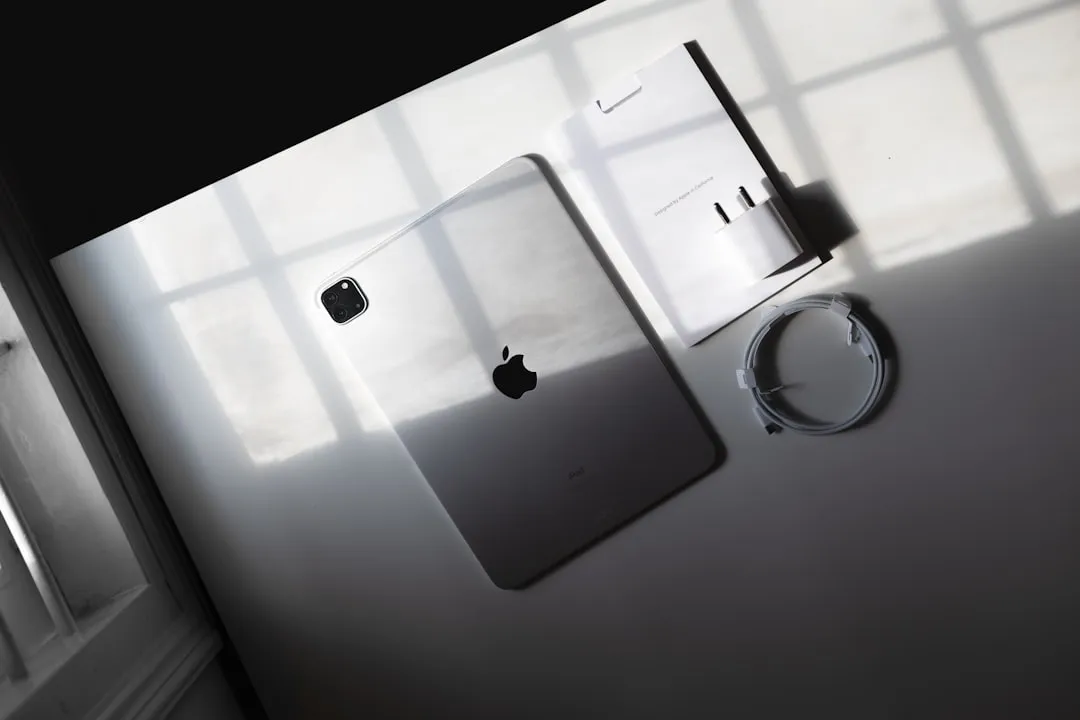
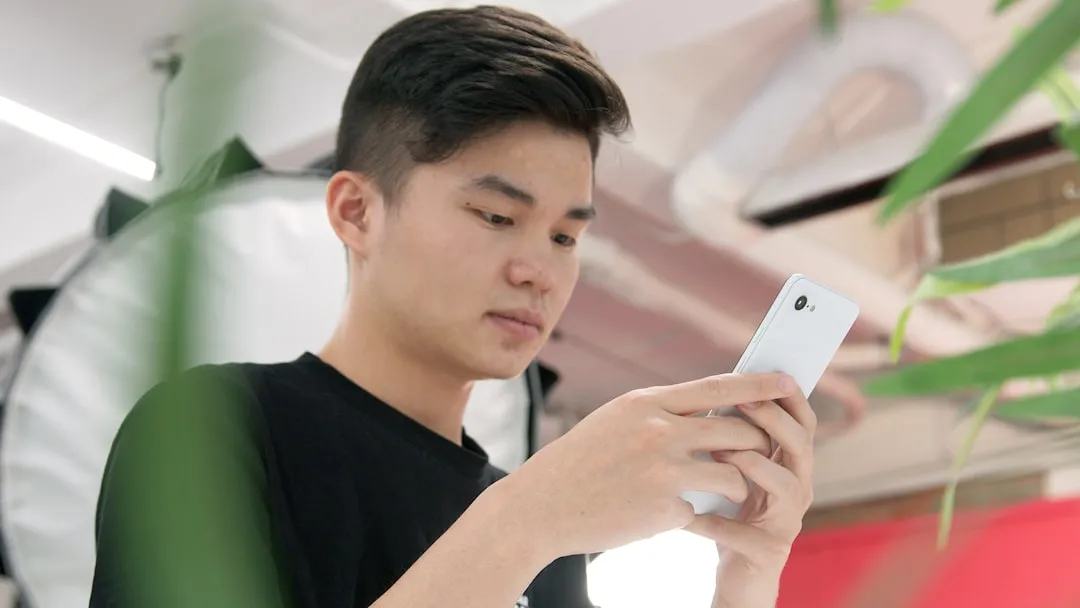
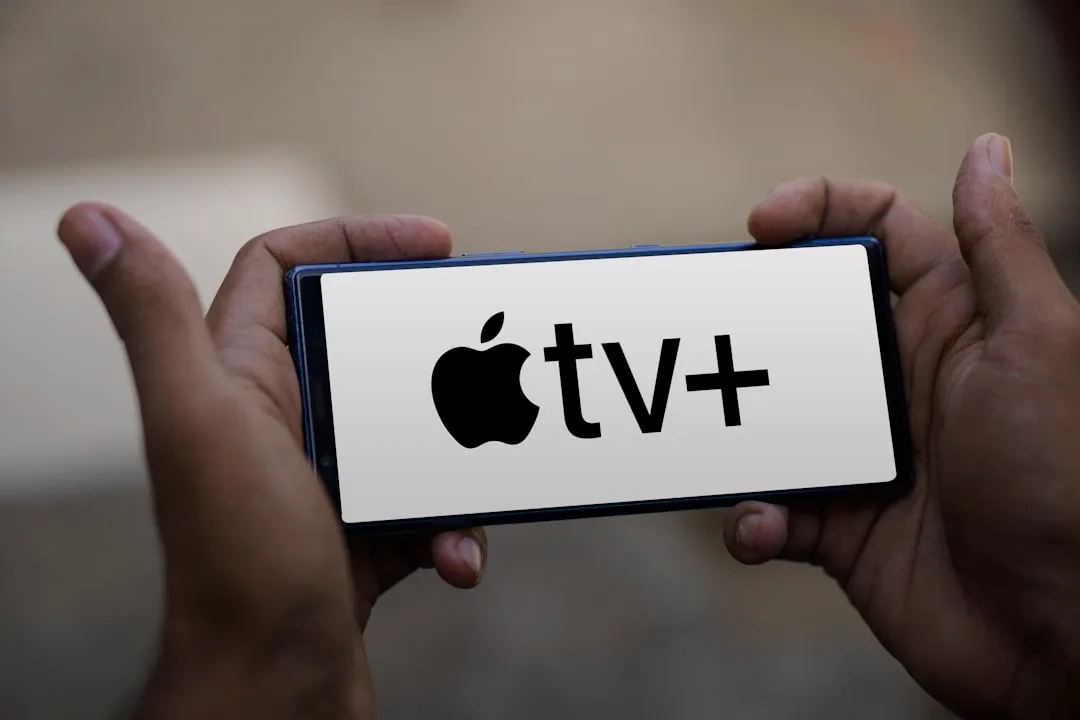
Comments
Be the first, drop a comment!